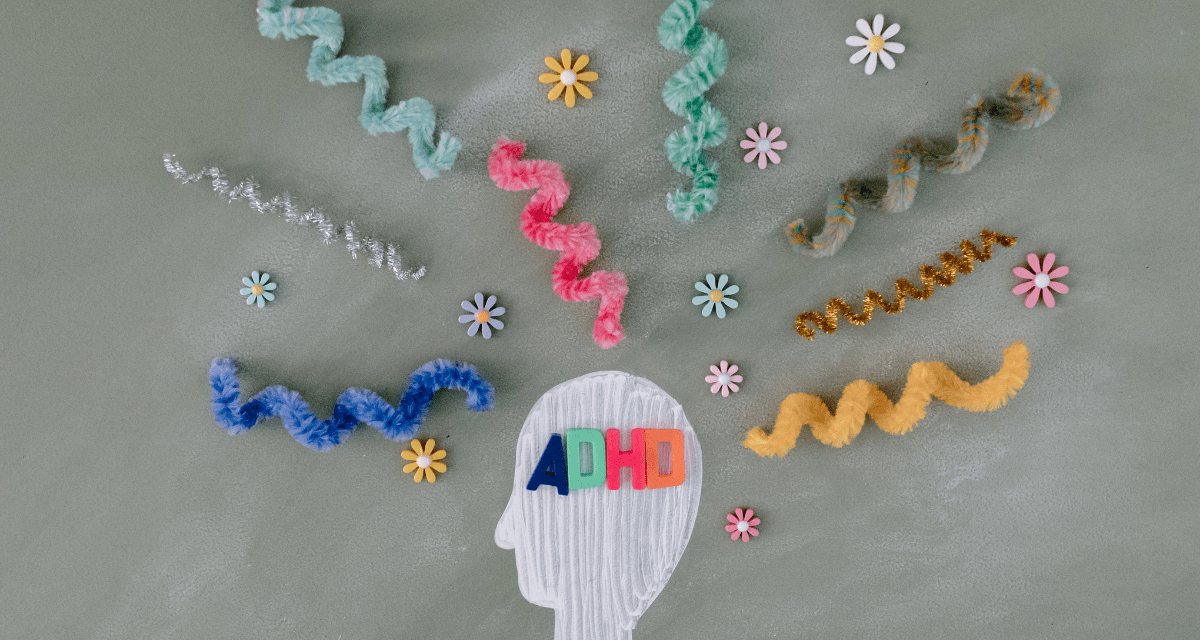As a psychologist now focused primarily on changing brains in measurable ways using Neurofeedback, I get calls weekly from parents or adults asking about the impact of Neurofeedback on distractibility, attentional problems, focusing issues, and over-activity. They are often curious about how Neurofeedback works and whether this technology can help someone in their family. Many are interested because they do not like the side effects and lack of predictability with medications, have found therapy lacking in getting useful results, and are compelled by studies they have reviewed or by reports from friends or family. Today, let’s review the roots of this therapeutic tool and how it works to bring about significant changes in the brain without side effects or detrimental outcomes.
The Origins of Neurofeedback
When researchers learned that human beings (and animals as well) have the ability to recondition and retrain brainwave patterns, a form of therapeutic training emerged that was called EEG biofeedback or simply Neurofeedback. Research has revealed four primary types of brainwaves, delta, theta, alpha, and beta. (There is some discussion of gamma waves, but the accuracy of measuring these brain waves is in question.)
Each of the four primary brainwaves is found throughout the brain, and their relative relationship, power, and capacity to work together profoundly affects all aspects of how we function. As a general rule, the more dysregulated the brain wave, the more we TEND to struggle with focus, foggy thinking, memory problems, ADHD, depression, anxiety, and Spectrum-related issues. This, of course, changes depending upon the part of the brain that is most dysregulated.
“New neural pathways can be nurtured every single day… just don’t do what you did yesterday!”
– Dr. Randy Cale
However, when we can retrain brainwaves (with Neurofeedback technology) to a more normalized and regulated state, the changes can be transformative. From sadness to happiness, from distracted to focused, from anxious to calm, and from forgetfulness to a razor-sharp memory…these are all influenced by these brainwaves. Sleep, mood, motivation, and energy are also transformed when these brainwave patterns are re-trained for optimal performance.
How Neurofeedback Works.
Neurofeedback can be simple to understand, so perhaps think of it this way. Our brains, whether dogs, cats, children, adults, or seniors, each brain will respond to rewards. When we provide a consistent pattern of rewards, based upon something the brain can detect either consciously or unconsciously, then brains can learn new patterns.
For Neurofeedback, we specifically provide very precise and focused feedback by measuring brainwave patterns in real-time. Sensors are placed on the scalp and earlobes, allowing the brain’s electrical patterns to be measured; this data is then conveyed to a computer. With sophisticated amplifiers and software, we can then see and understand what is happening in the brain. With this data, we can notice when that brainwave moves incrementally toward a healthier, more normalized pattern. At that point, the brain is rewarded. This will happen thousands of times in a Neurofeedback session. Again, with consistent rewards using Neurofeedback, significant changes in brainwave patterns can occur.
If this sounds very much like a term you learned in college, called operant conditioning, then you are on the right track. While certainly there are journals of information relating to the more technical side of how this works and specifically how to use this technology, such information is not needed by anyone to take advantage of such technology. But it is useful to understand that the foundation of Neurofeedback’s efficacy is based upon operant conditioning, proven to work in hundreds of studies, to retrain the brain. To achieve these outcomes, patients are given real-time visual and auditory feedback about their brains’ brainwave patterns. The real-time ‘neuro-feedback’ creates a learning process that unfolds automatically in the brain, and change/growth then unfolds with practice. This process is similar to the way in which one exercises or is trained by a physical therapist, but instead of improving bodily function, there are gains in cognitive control and mental flexibility.
Neurofeedback For Attentional Problems
In terms of attention-deficit disorders, both ADD and ADHD, neurofeedback training will often focus on theta (and sometimes alpha) brainwaves which, in those cases, are both excessive and slow. That leads to difficulty in controlling one’s attention, behavior, and/or emotions, as well as problems with concentration, memory, impulsivity, and intellectual efficiency.
In recent years, however, the advent of neurofeedback mapping (i.e., QEEG) has added a greater diagnostic understanding of the other problems in brainwave activity and allows for a more focused and specialized treatment protocol. Most treatment protocols are now developed only after having completed the mapping of the brain, and this has led to increasing the efficacy of outcomes, particularly with ADD and ADHD types of disorders. However, the use of the QEEG for mapping the brain has also increased the effectiveness of Neurofeedback for other disorders of the brain, including anxiety, sleep disorders, impulsivity, memory problems, fatigue, agitation, and so forth.
In next week’s article, I will review some of the specifics as it relates to using Neurofeedback and other technologies to improve various disorders that challenge adults and children.














